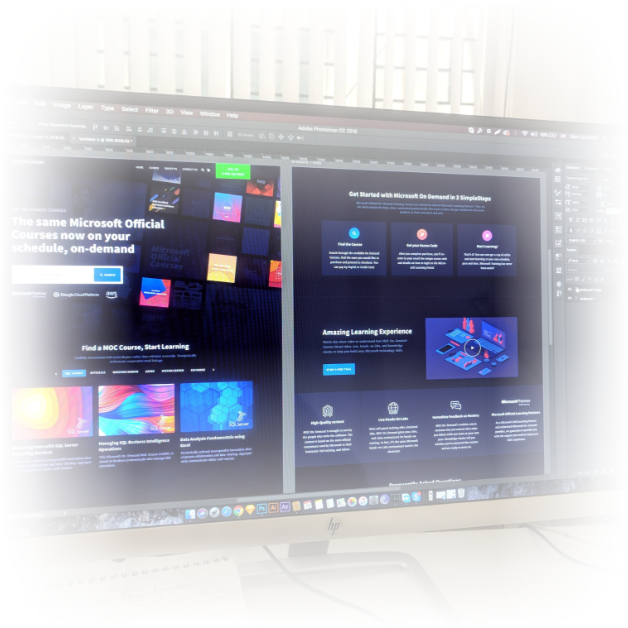- Company
- Technologies
- Services
- Our Work
- Blogs
- Contact Us
Recently, Swift UI was unveiled at WWDC 2019 to change how app development experts make Apple products radically. It's an open platform that helps app developers to build, macOS, and tv OS devices. The unique feature of the application is it provides developers with tools and APIs to introduce iPhone app solutions to other Apple platforms including Mac, TV, and watch. This multi-paradigm, compiled programming language developed by Apple Inc. has contributed to the farewell of all Apple products' previously accessible NS Object. All Apple devices will henceforth work with Swift's native API.
Swift UI has revolutionized Apple device growth. The programming language has realigned Apple's technology uses to suit the business world's current programming patterns. The organization ensured that developers produce better results with less code when using SwiftUI. All Apple devices can create user interfaces with just one set of tools and APIs. The Declarative syntax enables developers to state what their user interface should do to execute it on the product. This streamlined the coding process to save time and cost of creating mobile apps. The syntax also reduces developers' effort to use animations in a product. We can pick "alive" applications from a list of ready-made effects using minimal codes. Xcode programming tools often correctly synchronize code and design.

Apple has released Xcode 11's new UI design tool. The unique advantage of this method is that it helps device designers to assemble UI with SwiftUI without coding quickly. Swift code is automatically generated. The code changes are instantly reflected in Visual Design tools. iPhone app developers can benefit from these automatic; real-time UI previews as they can install, check, refine their code to meet user needs. The distinct ease of flipping from and to graphic design & writing code; makes the UI project very successful. It also encourages close cooperation between software developers and UI designers.
The simplest way to secure user experience is to use an Apple ID for sign-in instead of going through the time-consuming process of filling forms, checking accounts, and reiterating passwords. A user can sign in and continue using the simple onboard app. Two-factor authentication guarantees secure user data. Additionally, there's a new anti-fraud feature test that real people sign in instead of framed accounts and hackers. There's also an email transfer service that doesn't require users to reveal their email address but still requires them to receive important messages from the creator.
Recent announcements about SwiftUI ensured full embedding of the Swift compiler and runtime with Xcode 11. This allows iOS developers to build and run applications they work on in real-time. This ensures that the canvas will not represent the estimated UI design representation, but will display the application's real-time, live version to developers working on it. Alternatively, Xcode will help swap modified code in the application's live version using the' dynamic replacement' feature.
